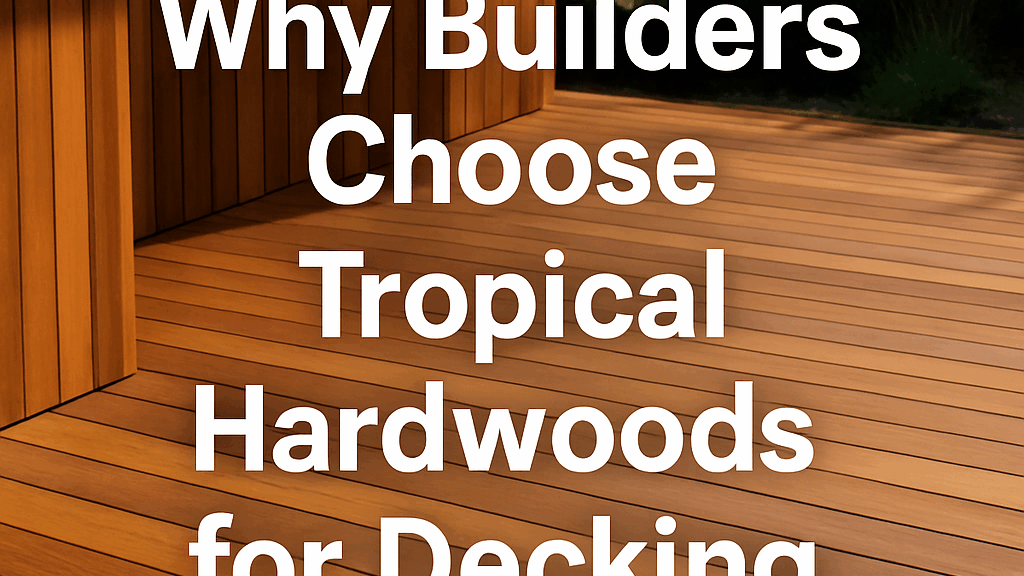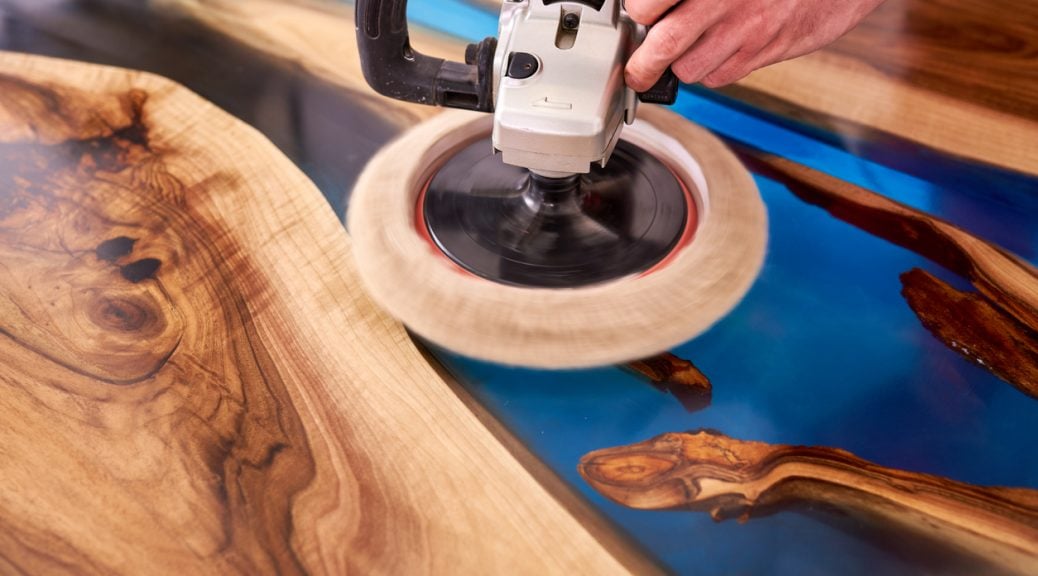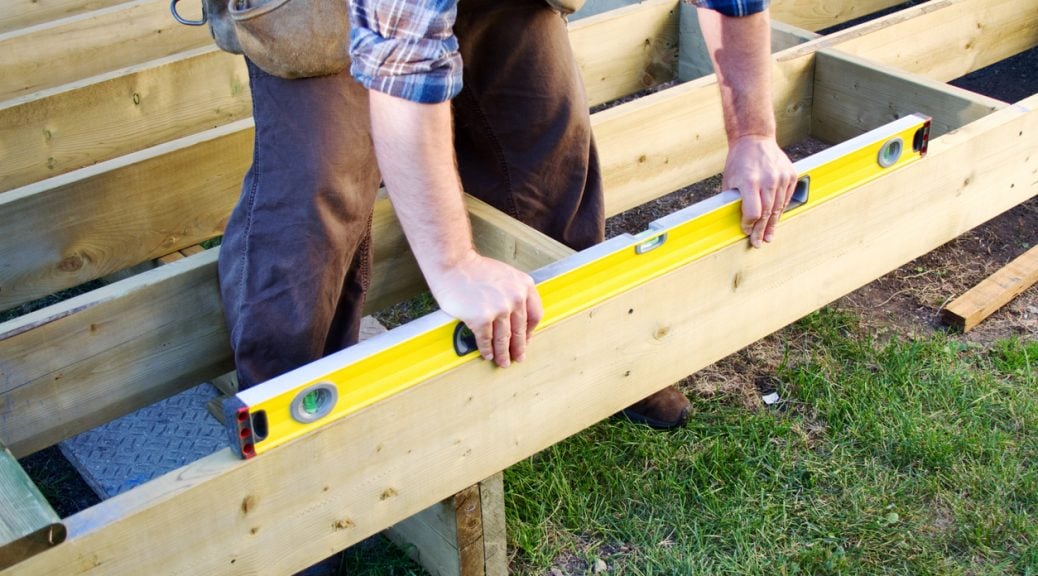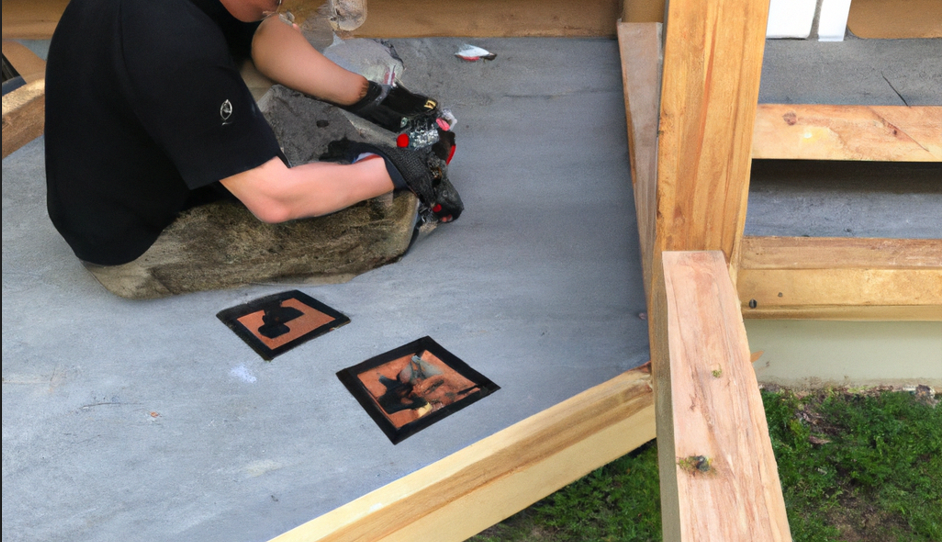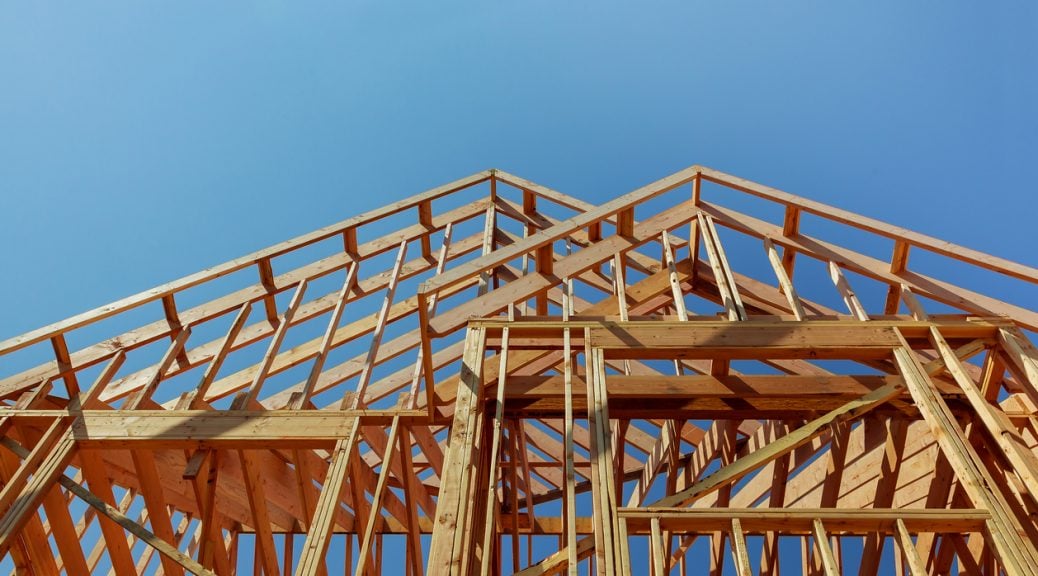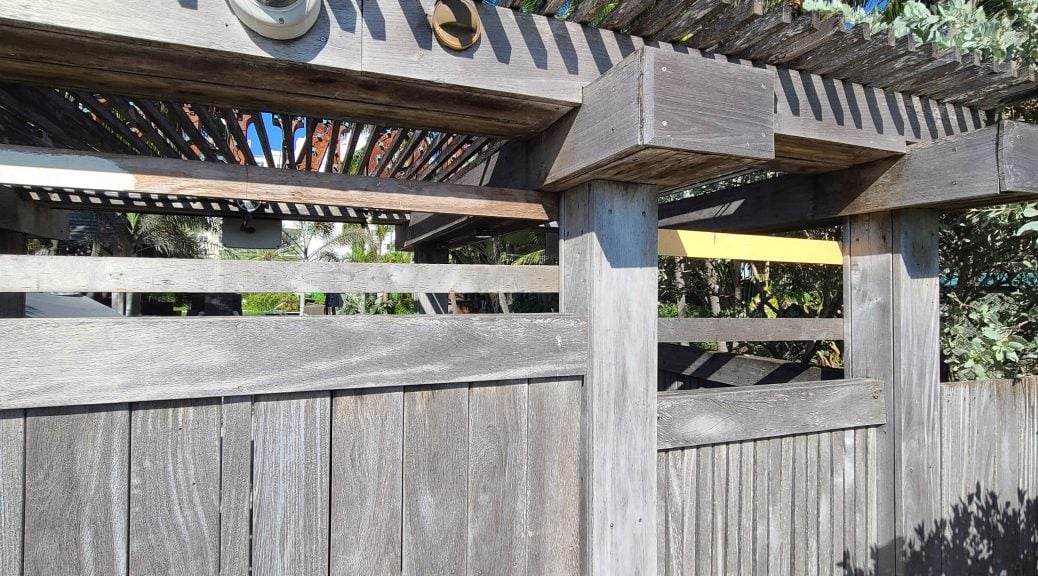Tropical hardwoods like Ipe, Cumaru, Garapa, and Tigerwood have become the go-to materials for builders and contractors working on high-performance decks and siding projects. Their strength, resilience, and natural resistance to harsh environments make them stand out from softwoods and composites. Below, we explore why these hardwoods continue to be the top choice for professionals across the country.
Unmatched Durability in the Field
Tropical hardwoods are incredibly dense—some are hard enough to sink in water—and they routinely outperform softer alternatives like cedar or pressure-treated pine. Ipe, for example, has a Janka hardness rating over 3,500 lbf, which makes it extremely resistant to surface wear and structural breakdown. These woods are naturally rot-resistant, bug-resistant, and often fire-resistant, making them a superior long-term investment.
Many species like Ipe and Cumaru can last 40–75 years in exterior use without preservatives. Builders love that these hardwoods can survive heavy rains, extreme humidity, and brutal sun without breaking down. That’s why materials like Ipe were chosen for historic high-traffic structures like the Coney Island boardwalk—longevity under pressure is their strong suit.
Built for Harsh Climates
From tropical humidity to arid heat and freeze-thaw cycles, tropical hardwoods are engineered by nature to perform. They resist swelling, shrinking, warping, and cracking far better than most domestic woods. Their tight grain and natural oils prevent deep moisture penetration, which makes them ideal for coastal applications or rainy climates.
In hot regions, they also retain less heat than most composites—meaning decks stay cooler underfoot. Builders often note that Ipe and Garapa decking around pools or patios stays surprisingly comfortable even in full sun.
Low Maintenance, High Value
Builders and clients alike value materials that don’t require constant upkeep. Tropical hardwoods are a dream in this respect: no painting, no sealing, no chemical treatment needed to preserve structural integrity. If a client wants a natural silver patina, the wood can be left unfinished. If they want to maintain the original color, an annual coat of UV-protective oil will do the job.
This low maintenance translates into long-term value. While the initial cost is higher than alternatives, tropical hardwoods pay for themselves over time through reduced repair, replacement, and treatment needs.
Premium Appearance with Natural Variation
One of the top reasons architects and designers turn to tropical hardwoods is their striking, natural beauty. No two boards are alike—each features unique color tones and grain variations. Whether you’re installing siding or decking, tropical hardwoods add a premium, organic touch that’s hard to fake with synthetic options.
Species like Tigerwood offer dramatic striping, while Garapa delivers warm golden hues. Over time, these boards can either gracefully fade to a silver-gray or be oiled to preserve their original richness. Either way, they help elevate outdoor spaces well beyond the ordinary.
Jobsite Tips for Handling Tropical Hardwoods
- Acclimate the wood: Let the boards sit on-site for at least 5–7 days before installation to stabilize with local conditions.
- Store properly: Keep wood off the ground with spacers and airflow between layers. Avoid plastic tarps that trap moisture.
- Use the right tools: Carbide blades and bits are a must. These woods will dull cheap tools fast.
- Pre-drill everything: Always pre-drill screw holes to avoid splitting. Use stainless steel screws or hidden fastener systems.
- Seal end grain: Apply a wax-based end sealer like Anchorseal to all cuts to prevent checking.
- Allow spacing: Use spacers (about 1/8″) between boards for ventilation and movement. Proper airflow = longer deck life.
The Professional’s Material of Choice
Tropical hardwoods aren’t just for high-end builds—they’re for professionals who demand performance. Whether you’re building a rooftop deck in a coastal city or a modern rainscreen in a mountain climate, these woods deliver unmatched durability, beauty, and peace of mind.
At Ipe Woods USA, we carry a wide range of tropical hardwoods including Ipe, Cumaru, Garapa, Tigerwood, and more—plus everything you need for a successful install. Whether you’re working on a single-family deck or a large commercial build, we’re here to help you get it done right.

